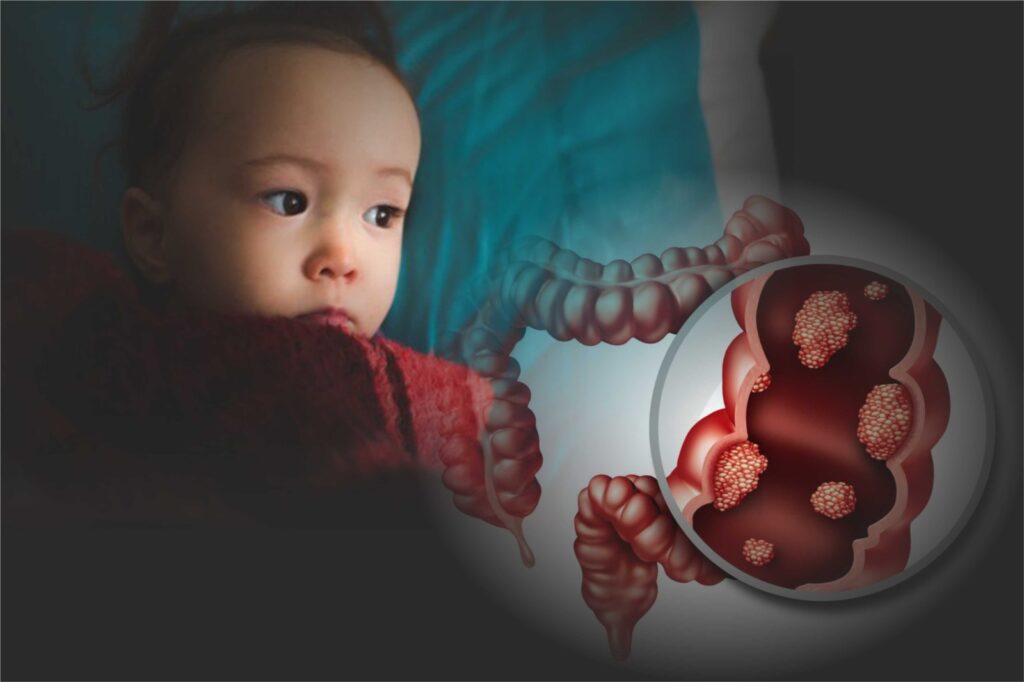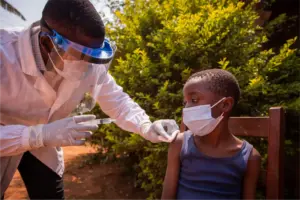
A new study shows that childhood exposure to a toxin produced by gut bacteria could be fueling the global surge in colorectal cancer cases among the younger population.
Earlier considered to be a disease prevalent among the older population, colorectal cancer is now rising among the under-50s around the world. Its incidence in young adults has roughly doubled in the last 20 years.
While doctors have blamed obesity, sedentary lifestyle for the rise in the cases, reserachers from the University of California have found strong evidence that common gut microbe E coli might be a potential driver of the disease.
Also Read | Colorectal cancer: Everything you need to know- risk factors, symptoms & treatment
Prof Ludmil Alexandrov at the University of California, San Diego, said: “We think what we’re seeing is an infection in early life that subsequently increases one’s risk for developing colorectal cancer in the future.”
The team analysed genes of 981 colorectal cancer tumors from patients with varying colorectal cancer risk levels in 11 countries. They found mutations linked to colibactin — a toxin produced by certain harmful strains of E. coli — were more than three times as common in tumors from patients under 40 compared to those over 70.
The mutations were also more common in countries with the highest rates of early-onset bowel cancer, according to the study, which has been published in Nature.
According to the team, this exposure isn’t ongoing when the cancer is diagnosed. Instead, it appears to have happened during childhood. “Our estimate is that it happens within the first 10 years of life,” Ludmil Alexandrov, the lead author of the study said. “So if you get that mutation at age 5, that puts you 20 to 30 years ahead of schedule for getting colorectal cancer.”
Colorectal cancer begins in the colon or rectum. It develops from small, benign growths called polyps, which may become cancerous at later stage. Common symptoms include changes in bowel habits, bloody stools, abdominal pain, and drop in the weight. This can be cured if detected early.








